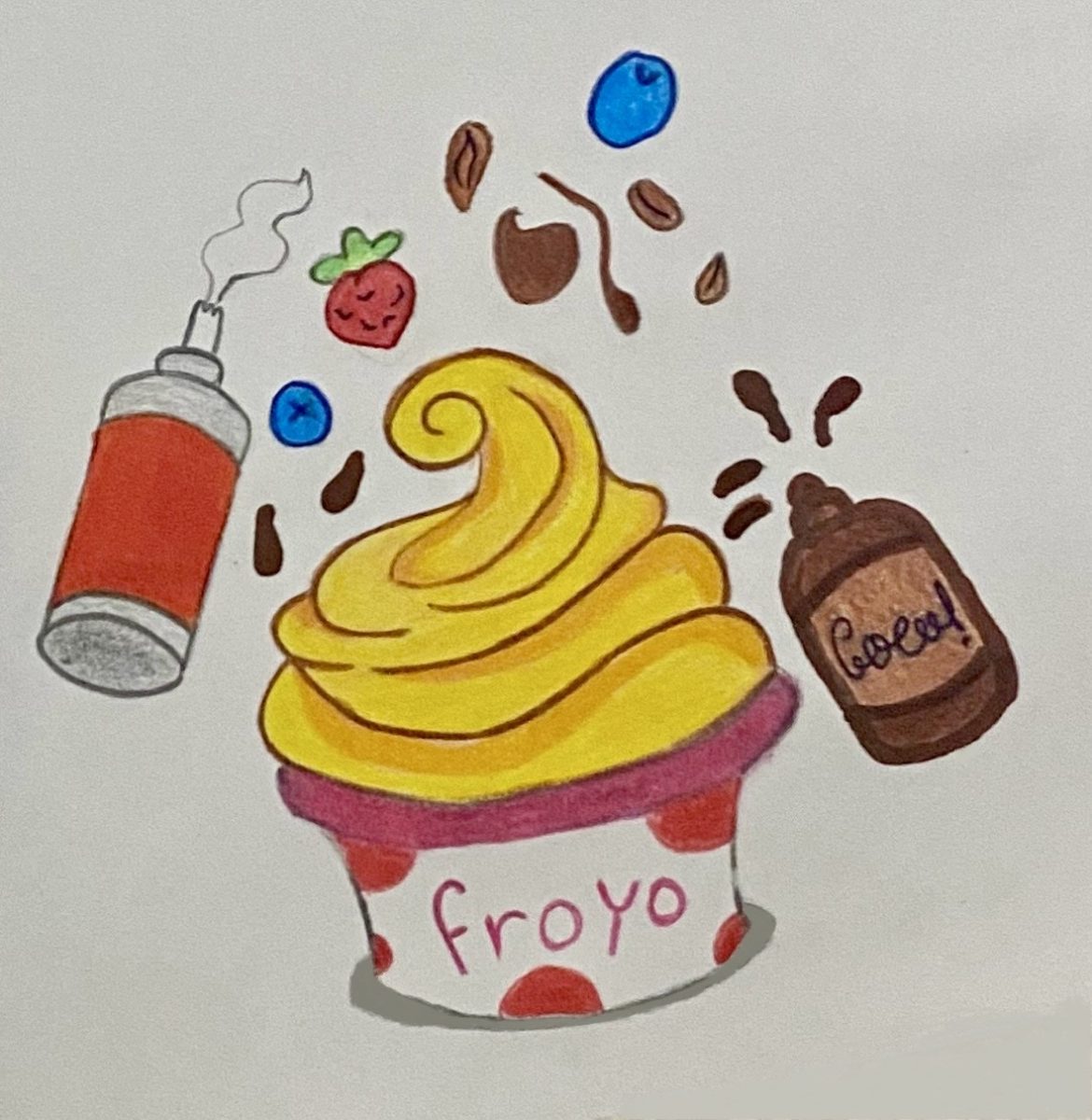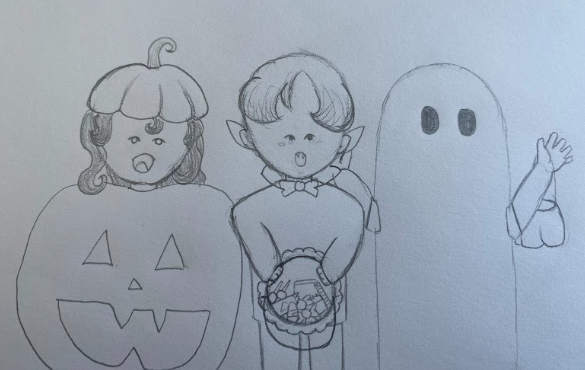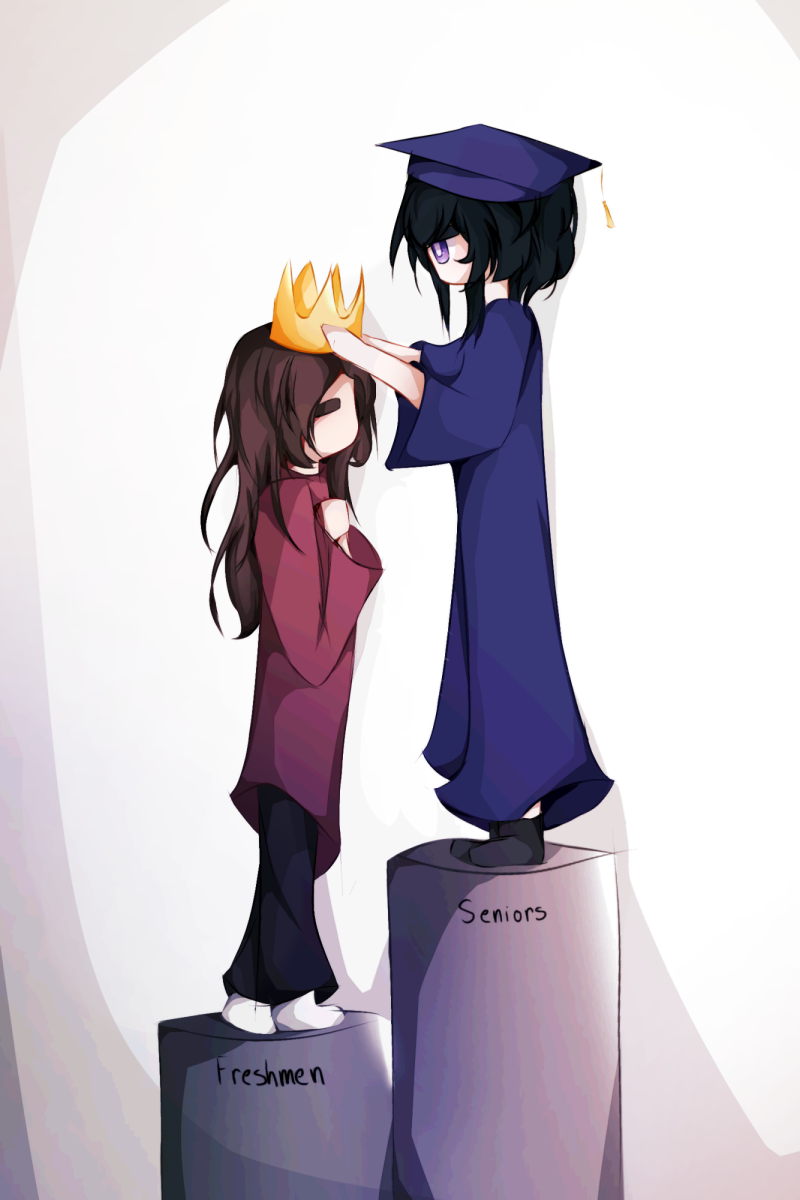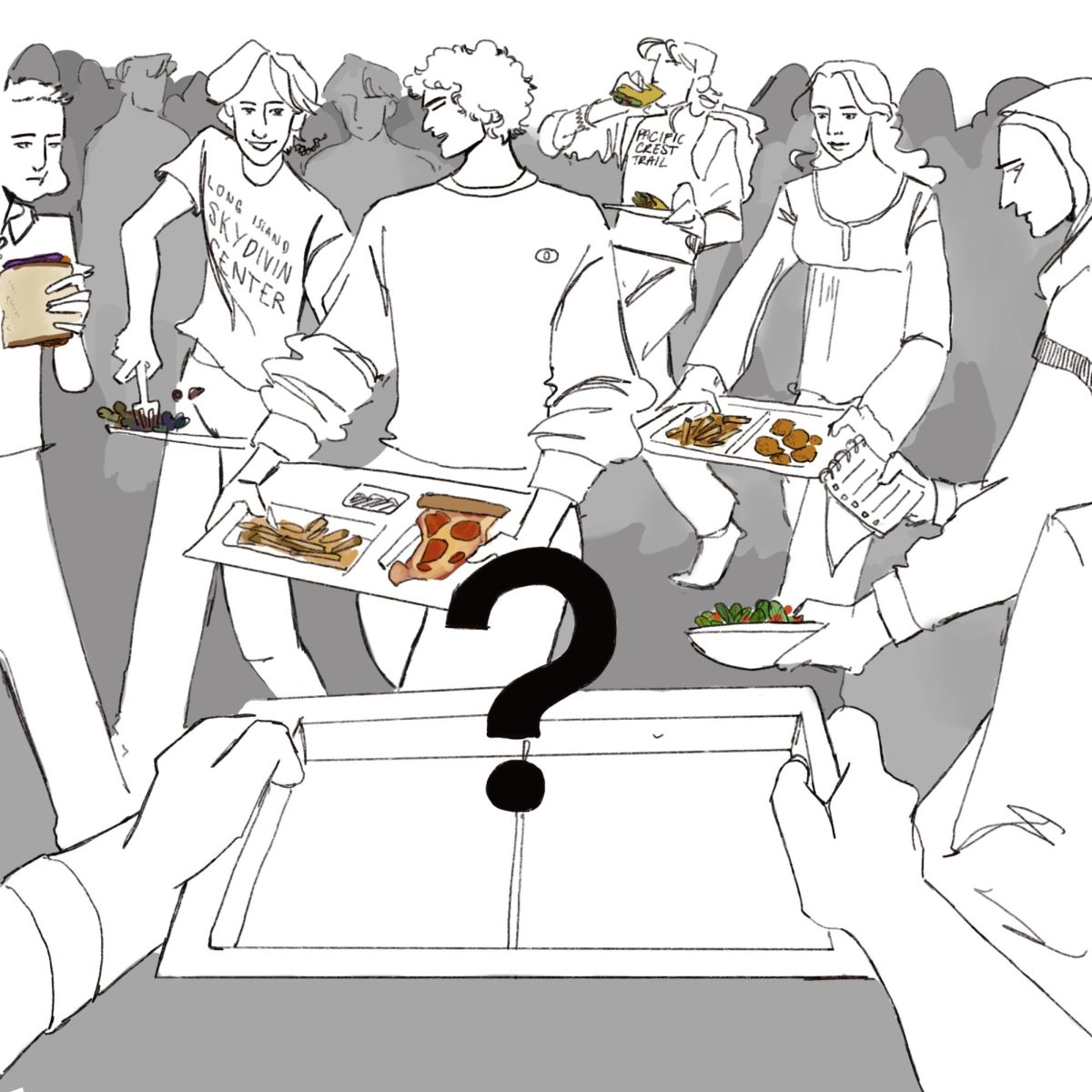Every year on February 14, people around the world exchange candy, cards, and gifts to show their appreciation for loved ones. While the current holiday is mostly associated with romance, its history is a lot more complicated.
Valentine’s Day traces back to the festival of Lupercalia in ancient Rome. Lupercalia was a celebration of fertility and the beginning of spring that took place in the middle of February. It was eventually replaced by a Christian holiday honoring Saint Valentine, a Christian martyr whom the holiday is named for. Stories say that he secretly married couples at a time when the Roman emperor banned weddings and that he sent love letters while he was in prison. Over time, people came to associate his name with love and kindness.
In the Middle Ages, Geoffrey Chaucer further tied Valentine’s Day to romance. Chaucer is also commonly recognized as the first author in England to link Saint Valentine with romantic love. Chaucer’s “Parliament of Fowls” symbolizes women’s growing control over their own romantic life in addition to providing an idealistic representation of love in the Middle Ages by using the metaphor of a female eagle being independent. The poem discusses concepts of nature and natural behavior in contrast to the manufactured standards of behavior favored by those who think that love is something that can be regulated and ruled. His writings about courtly love on Valentine’s day caused more people to associate the holiday with expressing admiration and loyalty.
People in ancient Rome commonly celebrated Valentine’s Day by giving handwritten notes, poems, or small gifts. Flowers and sweets were common, and Cupid, a figure from Roman mythology, became a symbol of the holiday. Cupid was thought to inspire love by shooting arrows at people. In the Archaic period, this character was called Eros, who was the son of Aphrodite in Greek mythology. He was depicted as a young man that was handsome yet dangerous, since he had the power to make mortals fall in love. In the 4th century BCE, Eros started to become less intimidating as Greeks began to see that he made every decision for his mother and only for her. When the Romans conscripted the Eros mythology in the Roman era, they decided to depict Eros as a cherubic little boy who always followed his mother’s wishes to make people fall in love. They did this because the more recent opinion of the god by many citizens was that he was just a cute little kid obeying his mom Aphrodite, the goddess of love.
Today, Valentine’s Day is celebrated in lots of different ways all over the world. In many places, people exchange chocolates, flowers, cards, and gifts; romantic dinners are common, too. Social media has sparked new traditions, like “Galentine’s Day” which celebrates friendships instead of romance. In Japan, women give chocolates to men, and men return the favor a month later on White Day. In Denmark, people give pressed white flowers called snowdrops. The snowdrop is a symbol of love, friendship and charity according to a European folktale. The legend says that the snowdrop was the only flower willing to share its color with the snow at the beginning of creation. The snow protects the flower and lets it thrive and grow until spring comes. The snow and snowdrop have been companions ever since. Brazil doesn’t celebrate Valentine’s Day in February, but has a holiday called “Día dos Namorados” (Lover’s Day) in June.
Valentine’s Day has a long, rich history spanning ancient Roman festivals, literature, and the hearts and chocolates we know today. Yes, it’s a day about romance, but it’s also a reminder to show appreciation for the people in your life and spread a little joy.
























